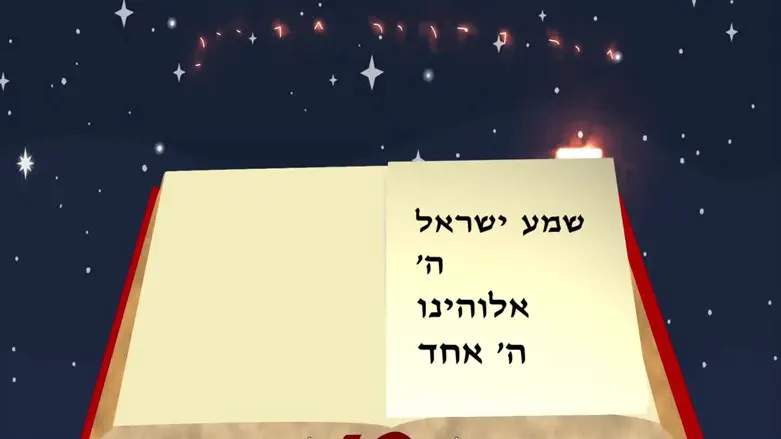
DvarTorah by Moshe Balofsky, shaliach in Washington (2021-22)
Let’s talk about the Shema for a second, shall we? It’s a basis of our faith. We recite it twice a day. And this week is the last chance we get to use it in a dvar torah this year. Parshat Ekev contains the second part of the Shema, but the third and last part to be mentioned in the Torah. So perhaps this is a good week to take a closer look at what Shema is all about.
Kriyat Shema has three parts to it, each one teaching and reminding us of a fundamental aspect of Judaism. It begins with our obligation to love Hashem. Followed by the rewards and punishment Hashem will grant us should we follow or ignore the responsibility of the Torah. Finally, we finish with tzitzit, a symbol to remind us of Yetziyat Mitzrayim and the mitzvot.
And while these ideas are all important, they all come from different parts of the Torah. There is seemingly no connection between them. Why are they brought in the Shema? Why these ideas and not others?
And let’s not forget the brachot of Shema. The brachot also seem to have no connection to Shema, or each other. The first bracha deals with light and creation, while at night it focuses on the turning of time from day to night. The second bracha is for Hashem’s love and the third is for our salvation. Both these brachot discuss the exact same thing in the evening, but with entirely different language! And the fourth bracha, which asks Hashem to protect us from harm, isn’t recited at all in the morning.
Everything about Kriyat Shema seems wildly inconsistent and unrelated, so what is the theme that strings it all together?
One common theme in all of Kriyat Shema is the relationship between Hashem and Am Yisrael. This is not a new idea, but I’d like to suggest a more direct comparison. The Shema itself serves as the marriage between Hashem and Am Yisrael. It has a declaration of love, a listing of the responsibilities of the couple towards each other, and a physical symbol of the relationship.
The brachot describe the development of that relationship. Beginning with a general admiration for Hashem and what he does for all of creation, then moving on to a more intimate and personal love between Hashem and Am Yisrael.
After formalizing the relationship with Shema in the middle, we describe the way Hashem has cared for us in this relationship by taking us out of Egypt, and we refer to all that he will do for us in the future in the fourth bracha.
This idea is just the beginning of understanding Shema. Hopefully, we can use this framework to explain other things that seem out of place to us, until we can see the Shema as one clear message. May we all be able to learn and find new meaning in the Shema as we say it each day.
comments: moshe.emet@gmail.com
Torah MiTzion stands in the forefront of the battle for the future of the Jewish people in the Diaspora, offering religious-Zionist Torah scholarship to Jewish communities throughout the world and strengthening the bond between the Jewish people in the Diaspora and in Israel via the study of Torah.